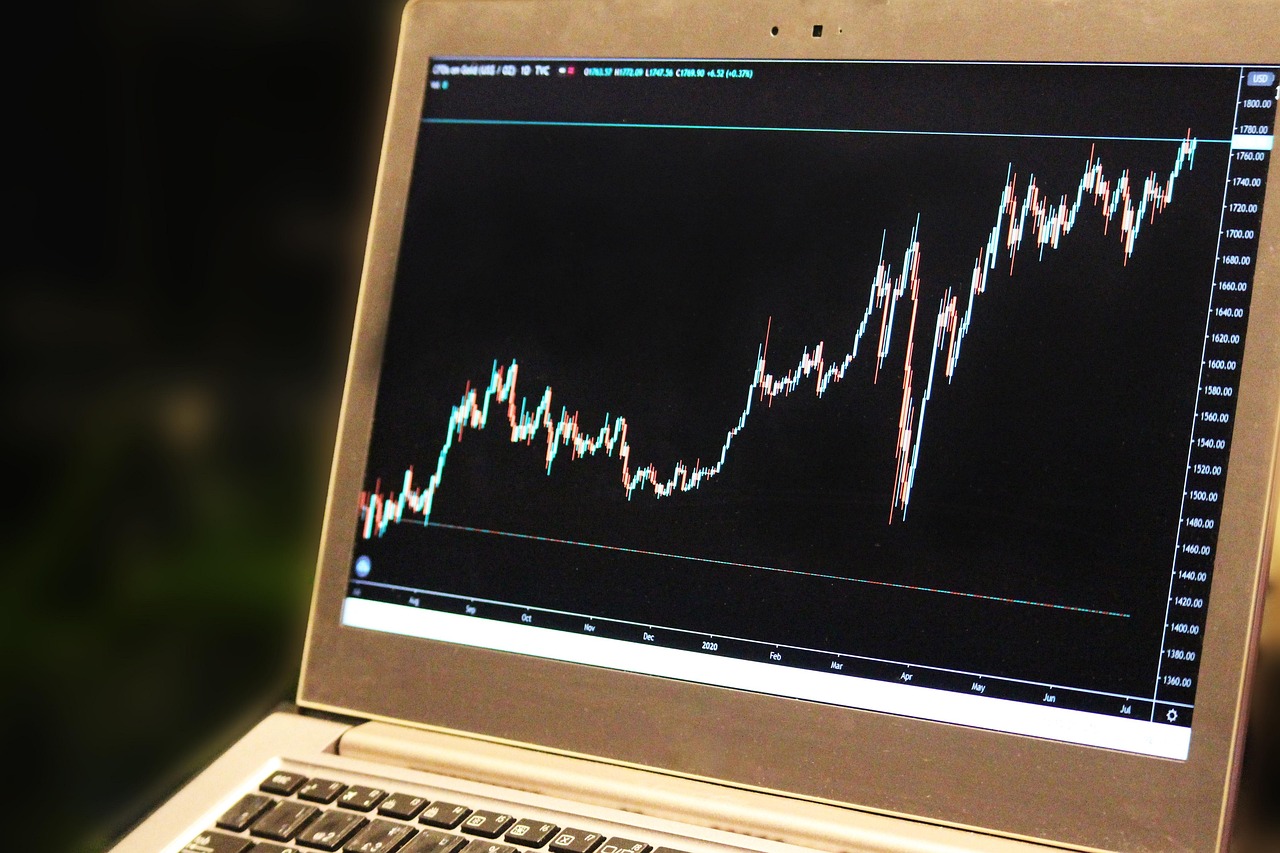Influencer marketing has exploded in recent years, transforming from a niche tactic to a cornerstone of many successful marketing strategies. It offers a powerful way to connect with target audiences, build brand awareness, and drive conversions by leveraging the reach and credibility of individuals who have cultivated engaged online communities. But to truly harness the power of influencer marketing, it’s crucial to understand its nuances, best practices, and potential pitfalls. Let’s dive into everything you need to know to create impactful influencer campaigns.
Understanding Influencer Marketing
What is Influencer Marketing?
Influencer marketing involves collaborating with individuals (“influencers”) who have a significant and engaged following on social media platforms or other online channels. These individuals have the power to influence their audience’s opinions and purchasing decisions. Instead of directly marketing to a large group of consumers, brands collaborate with influencers to amplify their message in a more authentic and relatable way. This approach bypasses traditional advertising skepticism, building trust through the influencer’s established credibility.
Key Benefits of Influencer Marketing
Influencer marketing offers numerous advantages over traditional marketing methods:
- Increased Brand Awareness: Reach a wider audience through the influencer’s existing follower base.
- Enhanced Credibility and Trust: Influencers have built trust with their audience, making their endorsements more believable.
- Targeted Reach: Select influencers whose audience aligns with your target demographic.
- Improved SEO: High-quality content and backlinks from influencer collaborations can boost your website’s search engine ranking.
- Higher Engagement Rates: Influencer content often generates more engagement than branded content.
- Drive Sales and Conversions: Influencer recommendations can directly influence purchasing decisions.
Different Types of Influencers
It’s vital to understand the different types of influencers to tailor your strategy effectively:
- Mega-Influencers: Celebrities or individuals with over 1 million followers. They are ideal for broad reach and brand awareness campaigns. Example: Partnering with a well-known actor to promote a new product.
- Macro-Influencers: Influencers with 100,000 to 1 million followers. They offer a balance of reach and engagement. Example: A popular travel blogger collaborating with a hotel chain.
- Micro-Influencers: Influencers with 10,000 to 100,000 followers. They often have highly engaged niche audiences and offer a cost-effective solution. Example: A local food blogger partnering with a restaurant.
- Nano-Influencers: Influencers with fewer than 10,000 followers. They possess highly specialized knowledge and strong relationships within their communities, offering exceptional engagement. Example: A local gardening enthusiast promoting a new fertilizer.
Developing Your Influencer Marketing Strategy
Defining Your Goals and Objectives
Before reaching out to any influencer, define what you want to achieve. Are you aiming to:
- Increase brand awareness?
- Drive website traffic?
- Generate leads?
- Boost sales?
Your goals should be SMART: Specific, Measurable, Achievable, Relevant, and Time-bound. For example, “Increase website traffic by 20% in three months through influencer collaborations.”
Identifying Your Target Audience
Who are you trying to reach? Understand their demographics, interests, and online behavior. This information will help you find influencers whose audience aligns with your target market. Use tools like Google Analytics, social media insights, and customer surveys to gather data about your audience.
Finding the Right Influencers
The key to a successful campaign is partnering with influencers who resonate with your brand and whose audience matches your target demographic.
- Use Influencer Marketing Platforms: Platforms like AspireIQ, Upfluence, and Grin help you discover and manage influencers.
- Manual Research: Search relevant hashtags and keywords on social media platforms to identify potential influencers.
- Analyze Engagement Rates: Look beyond follower count and analyze engagement rates (likes, comments, shares) to determine genuine influence.
- Assess Audience Demographics: Ensure the influencer’s audience aligns with your target market.
- Review Past Collaborations: Analyze their previous partnerships to see if they align with your brand values.
Setting Your Budget
Influencer marketing costs vary widely depending on factors like influencer tier, engagement rate, and campaign scope.
- Negotiate Rates: Don’t be afraid to negotiate rates with influencers.
- Consider Different Compensation Models:
Fixed Fee: A set price for a specific deliverable (e.g., a blog post or social media update).
Commission-Based: Influencers earn a percentage of sales generated through their unique affiliate links or promo codes.
* Product Seeding: Gifting products or services in exchange for reviews or content.
- Allocate Budget for Content Creation: Ensure your budget includes funds for high-quality content production (e.g., photography, videography).
Executing Your Influencer Marketing Campaign
Reaching Out to Influencers
Craft personalized outreach messages that highlight your brand’s value and explain why you believe they’d be a good fit for your campaign. Avoid generic, mass-produced emails.
- Personalize Your Message: Address the influencer by name and reference their previous work.
- Clearly Outline Your Expectations: Explain the scope of the collaboration, deliverables, and compensation.
- Provide Creative Freedom: Allow influencers to create content that resonates with their audience in their unique style.
- Establish Clear Timelines: Set deadlines for content creation and publication.
Content Creation and Collaboration
Collaborate with influencers to create high-quality, engaging content that aligns with your brand message and their audience’s interests.
- Provide Creative Briefs: Offer guidelines and key messaging points while allowing for creative freedom.
- Encourage Authentic Content: Authentic content resonates better with audiences than overly promotional material.
- Review and Approve Content: Review content before publication to ensure it meets your brand standards.
- Ensure Disclosure: Influencers must disclose sponsored content clearly, complying with FTC guidelines.
Promotion and Amplification
Maximize the reach of your influencer content by promoting it on your own channels.
- Share Influencer Content on Your Social Media: Repost influencer content on your brand’s social media accounts.
- Run Paid Advertising: Boost influencer posts with paid advertising to reach a wider audience.
- Incorporate Influencer Content on Your Website: Feature influencer content on your website or blog.
- Encourage Influencers to Engage with Comments: Influencers should actively engage with comments on their posts to foster conversation.
Measuring and Analyzing Your Results
Key Performance Indicators (KPIs)
Track key performance indicators (KPIs) to measure the success of your influencer campaigns.
- Reach: The number of unique users who saw the influencer’s content.
- Engagement: Likes, comments, shares, and other interactions with the content.
- Website Traffic: The number of visitors directed to your website from influencer content.
- Leads Generated: The number of leads generated through influencer campaigns.
- Sales and Conversions: The number of sales or conversions attributed to influencer marketing.
- Brand Sentiment: Analyze brand mentions and sentiment to gauge public perception.
Tracking Tools and Analytics
Use tracking tools to monitor the performance of your influencer campaigns.
- Social Media Analytics: Use built-in analytics tools on social media platforms to track reach, engagement, and website traffic.
- Google Analytics: Track website traffic and conversions attributed to influencer campaigns.
- Affiliate Marketing Platforms: Use affiliate marketing platforms to track sales generated through unique affiliate links.
- Influencer Marketing Platforms: Many influencer marketing platforms offer comprehensive tracking and reporting features.
Campaign Optimization
Continuously analyze your results and make adjustments to your strategy to improve performance.
- Identify Top-Performing Influencers: Focus on collaborating with influencers who consistently deliver strong results.
- Refine Your Content Strategy: Adjust your content strategy based on what resonates best with your target audience.
- Optimize Your Budget Allocation: Allocate your budget to the most effective channels and influencers.
- A/B Test Different Approaches: Experiment with different content formats, messaging, and influencer tiers to optimize your results.
Conclusion
Influencer marketing, when executed strategically, offers a powerful avenue for brands to connect authentically with their target audiences, build credibility, and drive tangible business results. By understanding the different types of influencers, developing a well-defined strategy, and continuously measuring and optimizing your campaigns, you can harness the full potential of influencer marketing to achieve your marketing goals and build lasting brand loyalty. It’s about building genuine partnerships, creating valuable content, and fostering meaningful connections.




